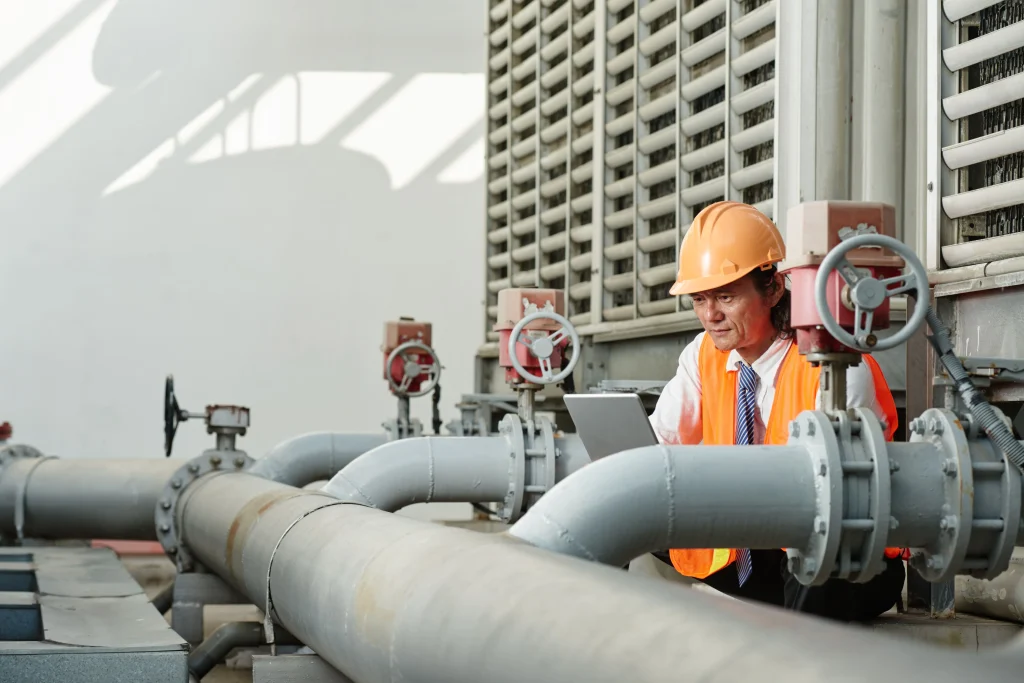In the realm of Oil & Gas, the intricate network of pipelines plays a pivotal role in ensuring the seamless transportation of energy resources. Power Rich, a leading player in the energy sector, understands the critical importance of different pipeline types in the industry. In this blog post, we delve into the various types of pipelines in Oil & Gas sector, shedding light on their unique functionalities and contributions to the energy infrastructure
1. Gathering Pipelines
Gathering pipelines act as the initial connection between the extraction sites and processing facilities. These pipelines are responsible for collecting raw natural gas and crude oil from multiple wells and transporting them to central processing units. Power Rich recognizes the significance of efficient gathering pipelines in optimizing the overall production process.
2. Transmission Pipelines
Transmission pipelines are the energy highways, facilitating the long-distance transport of processed natural gas and refined petroleum products. Power Rich invests in state-of-the-art transmission infrastructure to ensure the swift and secure movement of energy resources across vast distances.
3. Distribution Pipelines
Once the energy resources are processed and ready for consumption, distribution pipelines take charge. Power Rich’s commitment to delivering energy to end-users is exemplified through its distribution pipelines, ensuring a reliable supply to homes, businesses, and industries.
4. Flowlines
Flowlines are the arteries that connect individual wells to gathering pipelines. Power Rich employs advanced technologies to optimize the efficiency and reliability of flowlines, ensuring a smooth flow of resources from the extraction point to the processing units.
5. Feeder Pipelines
Feeder pipelines act as intermediaries between the main transmission pipelines and distribution networks. Power Rich strategically employs feeder pipelines to ensure a balanced and steady supply of energy to various regions.
6. Offshore Pipelines
Power Rich extends its reach beyond the shores with offshore pipelines. These pipelines are crucial for transporting energy resources from offshore production platforms to onshore facilities. Power Rich’s commitment to innovation is evident in its deployment of advanced technologies for the maintenance and security of offshore pipelines.
7. Onshore Pipelines
Onshore pipelines form the backbone of Power Rich’s infrastructure. These pipelines are the lifelines that connect processing facilities, storage units, and distribution networks. Power Rich prioritizes the robustness and resilience of onshore pipelines to meet the demands of a dynamic energy landscape.
8. Multi-product Pipelines
Power Rich recognizes the need for versatility in the energy sector. Multi-product pipelines are designed to transport a variety of energy resources simultaneously. Power Rich’s investment in such pipelines showcases its dedication to adaptability and efficiency.
9. Liquefied Natural Gas (LNG) Pipelines
As the demand for cleaner energy sources grows, Power Rich is at the forefront of LNG transportation. LNG pipelines play a crucial role in transporting liquefied natural gas, providing an eco-friendly alternative for energy consumers.
Conclusion
In conclusion, Power Rich stands as Oil and Gas Construction Company in Saudi Arabia and India, leveraging a diverse array of types of pipelines in Oil & Gas sector to ensure a reliable and efficient energy supply chain. The company’s commitment to innovation and sustainability is reflected in its strategic investment in various pipeline infrastructures, making it a driving force in shaping the future of energy transportation.


